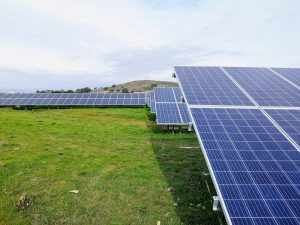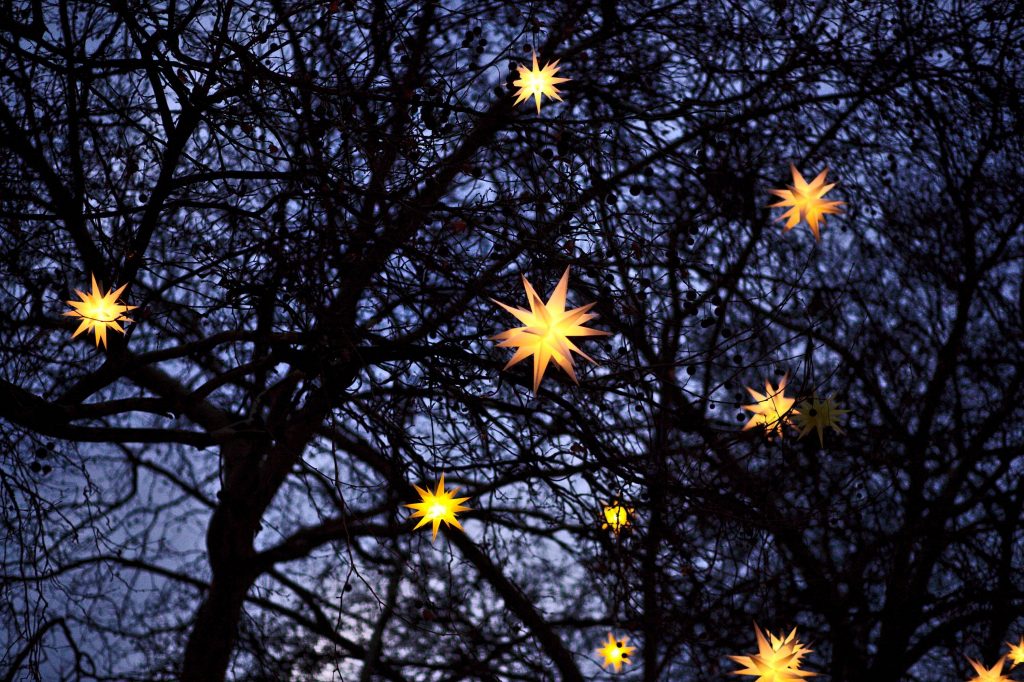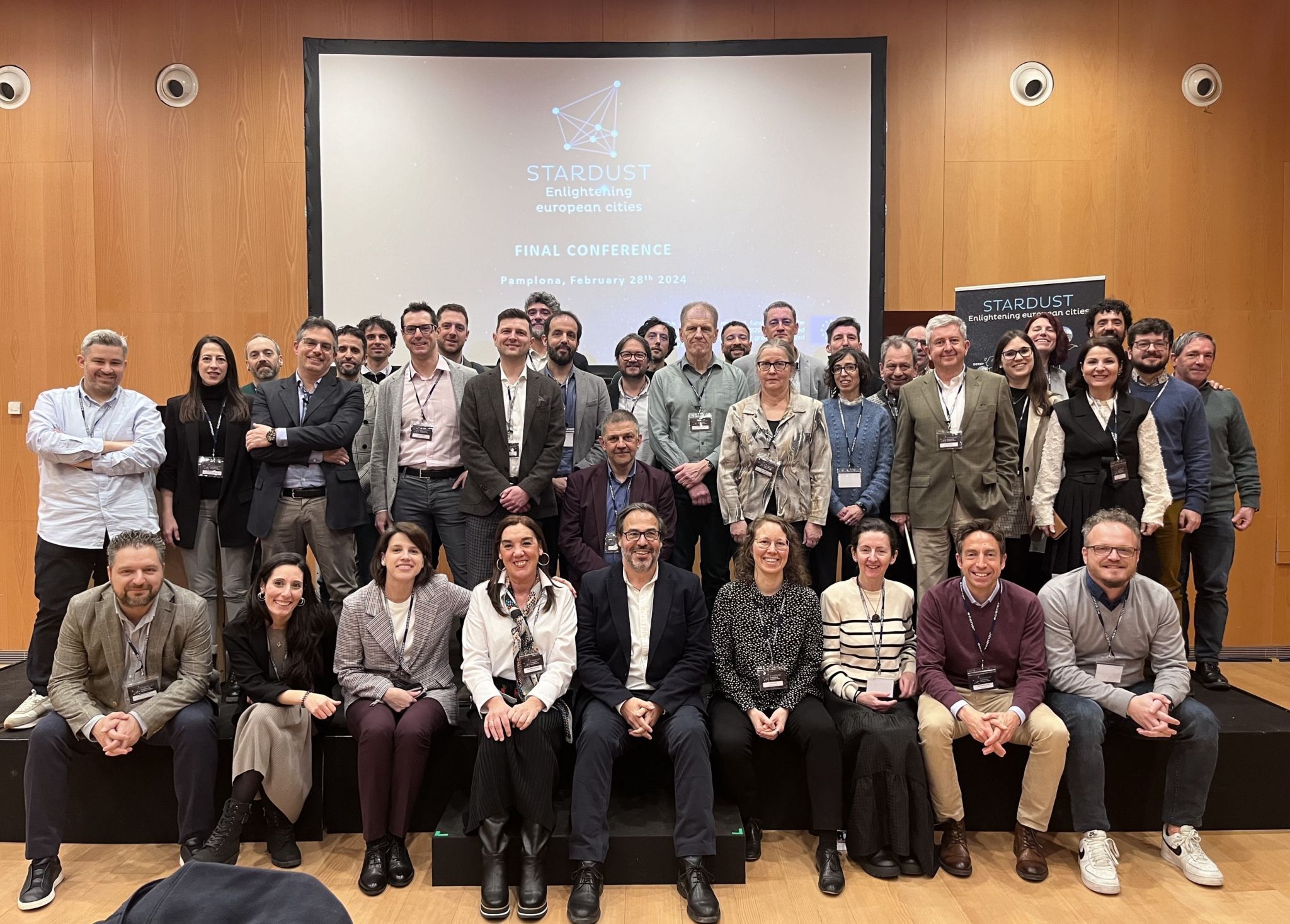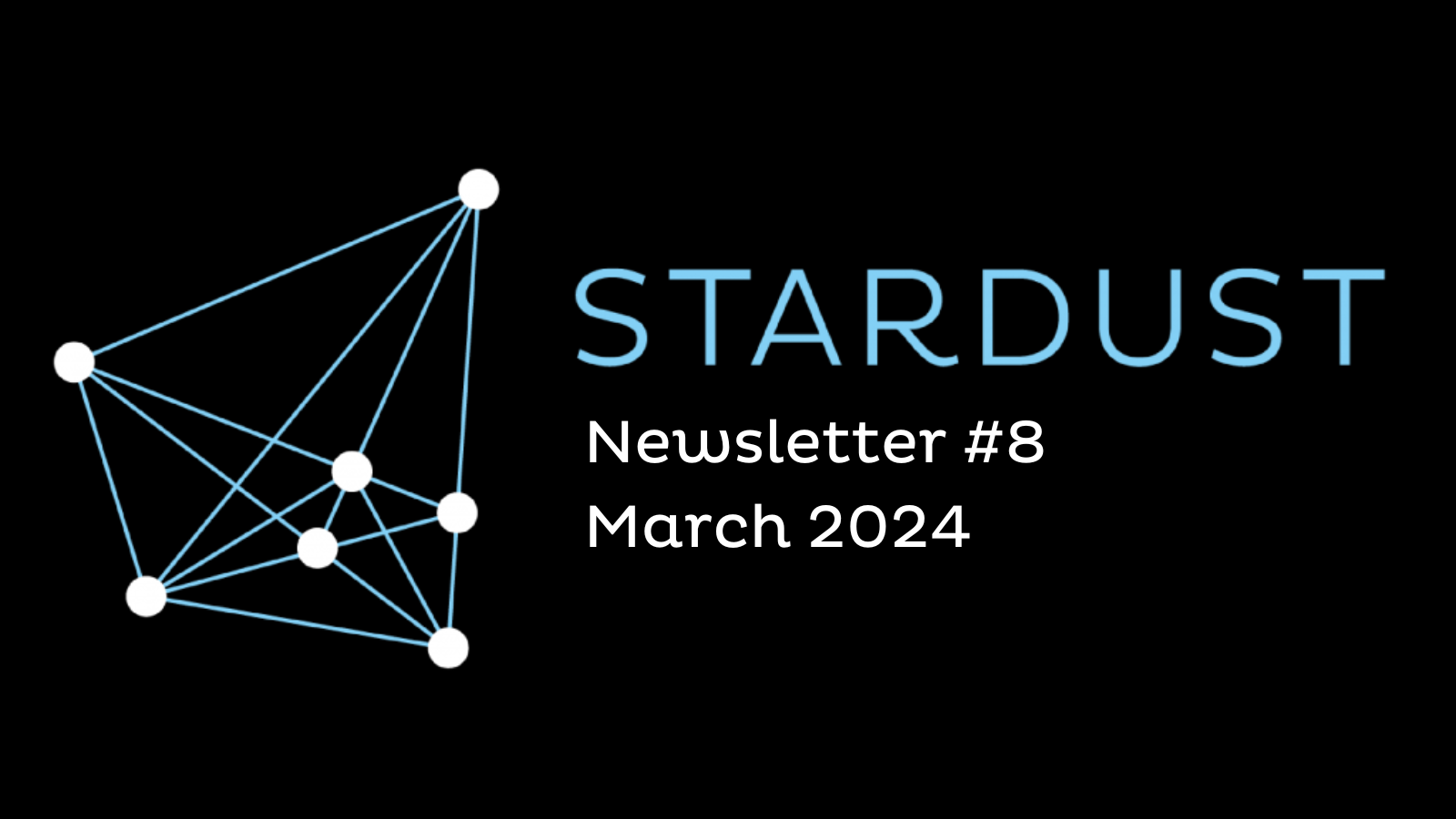Europe’s Dark Age has passed many centuries ago yet another battle has yet to be won: our environment today. Massive urbanisation has led to not only the rapid growth of cities but also a devastating impact to the environment due to its increasing demand for energy. A smarter, more sustainable approach is needed to launch the “urban renaissance” and the European smart cities project STARDUST is working its way to achieve it together with its seven cities: the three Lighthouse cities of Pamplona (Spain), Tampere (Finland) and Trento (Italy) and the four Follower Cities of Cluj-Napoca (Romania), Derry (United Kingdom), Kozani (Greece) and Litoměřice (Czech Republic).

STARDUST is developing innovative urban interventions in the areas of mobility, energy and ICT, that will convert its seven cities into smart and sustainable innovation hubs. These will act as exemplary models for other cities thereby building a constellation of “innovation islands” and enlightening Europe. To promote this ambitious plan, STARDUST has released a series of short, engaging videos on the seven cities which showcase the ideals of the project and the solutions taking place in each area. The videos have been produced by Fondazione iCons, the partner in STARDUST leading the communication and dissemination activities of the project.
The stories in the videos on the three Lighthouse cities are centered on their specific urban problems and the adopted interventions.
For example, what do the numbers 2030 and 9 have do to with each other? Nothing, unless you are a citizen of Pamplona, as 2030 is the year when Pamplona’s public transport authority will be carbon neutral and 9 is the number of a special bus line, home to 6 electric buses, powered by renewable sources and reducing emissions by 100%.
By how much could CO2 emissions be reduced if street lighting was responding to the amount of traffic or pedestrians in the area, or to the humidity of air or the thickness of snowfall? In Tampere, the answer is 350 t per year.
And how much energy can be saved in residential apartments by insulating the façades, installing photovoltaic heat pumps and exploiting geothermal energy? For the three towers situated in Trento’s Madonna Bianca social residential district, this will lead to a decrease by 50% of the residents’ energy needs.
While the Lighthouse cities are testing the solutions designed by STARDUST, the four Follower cities are working on a replication model for the uptake of the project approach on a European scale. The videos on these four cities describe some of the actions, which they have undertaken in the past years, and have put them at the forefront of smart urban innovation.
Cluj-Napoca has launched a social innovation laboratory operating under the slogan “Imagine the future of the city!”, which operates under the leadership of the Cluj Centre for Civic Innovation and Imagination to involve citizens in the redevelopment of the major public spaces.
Besides designing inclusive renewable energy installations and increasing the uptake of electric vehicles, the city of Derry is deploying 50 km of greenway and cycling and walking routes to encourage at least 500 people to change their mobility habits and cycle or walk to school or work by 2022. The result? Preventing 300 carbon tonnes from entering the atmosphere each year.
A massive change is occurring in Kozani as well, which will reduce CO2 emissions to 40% by 2030 by fostering e-mobility usage thanks to dedicated charging stations and making street lighting and buildings smarter and more efficient.
And by 2030, Litoměřice will increase the energy share from renewable sources up to 50% by 2030, a major effort to postpone the overshoot day, that fell on August 1 for the whole Earth and on April 20 for the Czech Republic.
E-mobility, clean energy, smart lampposts, building insulations, and much more! The seven lights of the STARDUST constellation are shining brighter than ever before to enlighten the dark age of unsustainable urbanisation.


